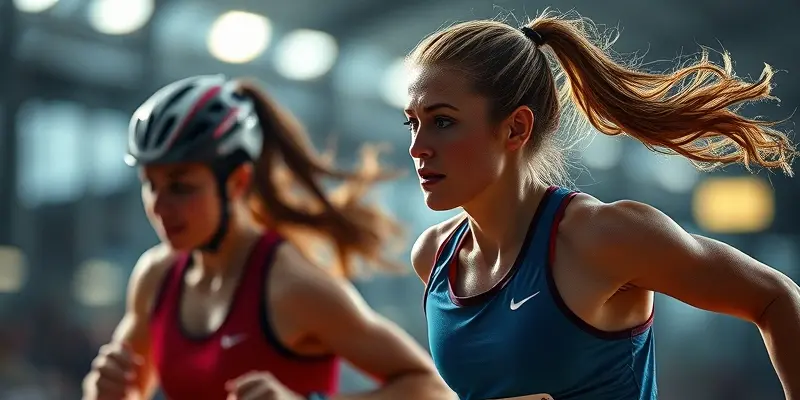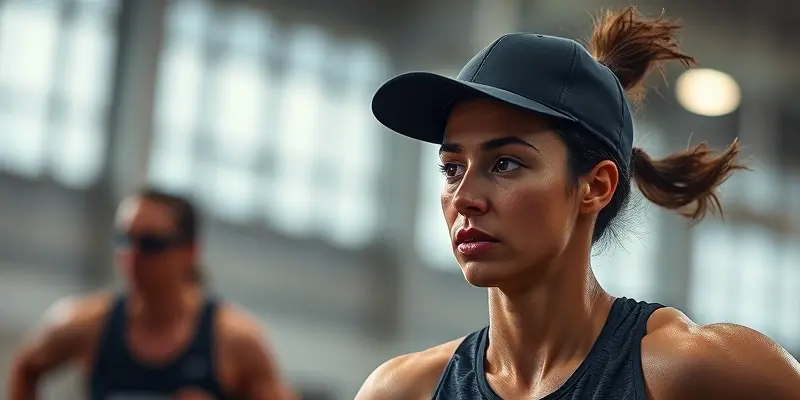AI in Sports Recovery: Revolutionizing Injury Prevention and Healing
In the realm of sports and fitness, the integration of Artificial Intelligence (AI) has heralded a new era in recovery and injury prevention. By harnessing personalized data analysis, wearable technology, and adaptive rehabilitation protocols, AI is reshaping how athletes of all levels—from beginners to professionals—recover, heal, and return to training safely.
Enhancing Recovery with AI
AI in sports recovery offers a myriad of benefits that go beyond traditional methods. It not only accelerates healing but also significantly reduces the risks of reinjury. By leveraging real-time biometric and behavioral data such as heart rate variability, sleep quality, and movement patterns, AI creates customized recovery profiles tailored to individual needs. These profiles enable precise monitoring, prediction of recovery requirements, and optimization of training loads, ensuring a balanced and efficient rehabilitation journey.
Strategies Empowered by AI
1. Beginner-Friendly Recovery Guidance
AI platforms evaluate comprehensive data to design adaptive, personalized recovery programs that adjust dynamically to progress. This prevents overexertion, supports safe advancement through rehabilitation stages, and encourages consistent improvement.
2. Predicting Injuries and Prevention
AI models analyze biomechanics, fatigue indicators, and workload patterns to predict injury likelihood. By detecting subtle changes in movement through sensor data, AI helps identify and address risks of overuse or acute injuries, allowing for proactive adjustments to training and minimizing downtime.
3. Optimizing Nutrition Plans for Healing
While specific AI-driven nutrition plans are less detailed, integrated AI systems combine health data with nutritional inputs to enhance recovery outcomes. By supporting tissue repair and controlling inflammation, these plans indirectly contribute to faster healing and overall well-being.
4. Utilizing Muscle Repair Tools and Gadgets
Wearables equipped with motion sensors, electromyography, and biometric tracking provide real-time feedback on muscle activity and healing progression. Some systems leverage augmented reality or virtual coaches to ensure proper exercise techniques during rehabilitation, reducing relapse and hastening recovery by up to 30% in certain cases.
5. Psychological Motivation during Rehabilitation
AI-powered virtual rehabilitation platforms offer interactive coaching experiences personalized to each individual. By delivering feedback, visualizing progress, and adjusting difficulty levels adaptively, these platforms help maintain athlete motivation and adherence to recovery protocols.
Practical Application of AI in Sports Recovery
One notable example of AI application in sports recovery is the system developed by Amatra. By bridging data gaps during recovery and simulating protocols based on factors like heart rate variability and sleep patterns, Amatra accelerates athletes’ return to peak performance safely. This approach transforms the opaque process of recovery into a quantified, manageable journey, reducing injury-related setbacks and fostering long-term athlete health.
Conclusion
In essence, AI in sports recovery shifts the focus from reactive treatment to proactive and personalized injury prevention. By offering accurate real-time monitoring, optimized rehabilitation, and individualized support, AI-driven systems are revolutionizing sports medicine for athletes at all levels. As we embrace this technological advancement, the future of sports recovery is brighter, safer, and more efficient than ever before.

